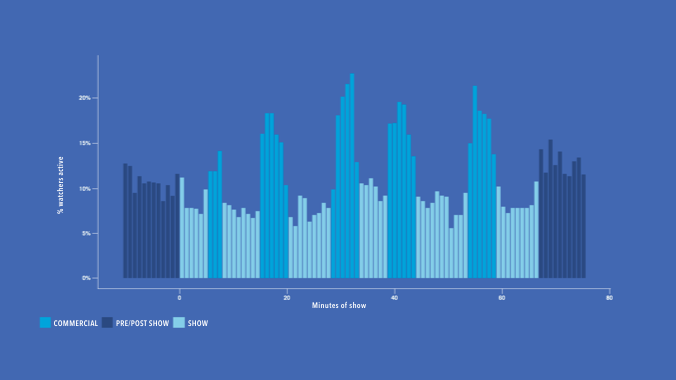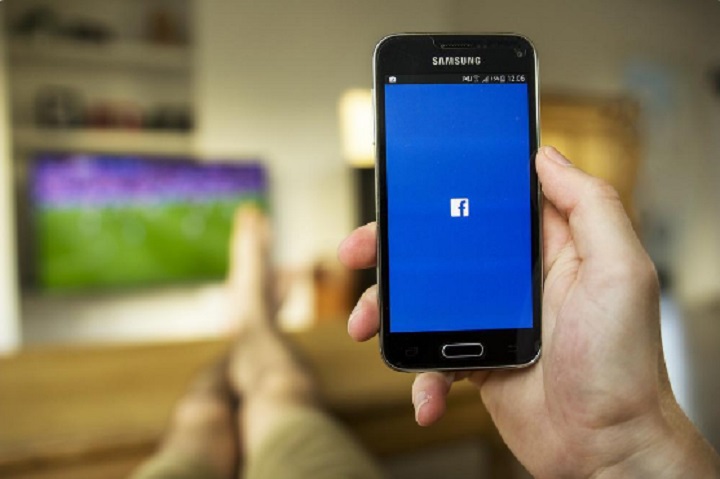According to new research from Facebook (NASDAQ:$FB), advertisers are wasting their money when they spend it on commercial placement during the airtime of popular television shows.
The social media platform — who is largely responsible for disrupting television advertisements — came to this conclusion after observing the activity of about 537 people while they viewed the season premiere of a popular TV show. According to Facebook, as soon as the commercials came on, most viewers started browsing Facebook on their smartphones.

The Future of Mobile Content
Could this study be trusted? With reported revenues of $8.03 billion last quarter, the majority of it from digital ads, Facebook is clearly looking to continue to grow that revenue by taking advertising dollars from television companies.
As well, the 537 people Facebook observed for this study hardly represents the entirety of the United States, much less globally. It could also be argued that Facebook hand-picked these viewers in order to get their desired results.
Nonetheless, big TV advertisers are still concerned. With streaming sites such as Netflix leading to quite a decline in viewers of traditional television as well as digital video recorders that allow those who still watch cable to fast-forward through commercials, TV advertisers are not reaching as wide as an audience as it previously did, Facebook study or not.
As such, even without the consideration of Facebook’s questionable study, it can still be said that, in general, most of us are viewing our phones more times than the television these days.
Mark Rabkin, Facebook’s vice president of core ads stated in a blog post, “Today, television is still a powerful medium where great creative work takes place. But now, it’s in direct competition with mobile — a medium defined by the fact that beyond every household, every person has a screen, on their person, at all times. On smartphones, people are in full control of what they see — where and when they want to see it. And they’re exercising that agency at all times. When the TV no longer holds their attention, they’re picking up their phone.”
Even digital advertisers are struggling with commercials, Rabkin added, with YouTube’s decision to abolish the 30-second and non-skippable ads that play in front of a large number of its videos.
We’re a generation of short-attention spans. With the power of technology and increased accessibility and interaction with the world, we want things that can capture our immediate attention. Rabkin comments on this phenomenon, saying that due to the fact that people can watch anything virtually at any given time, viewers want to watch ads that can capture their attention, not feel like they’re wasting time watching it, and be relevant. So, even though the total view time of ads are rising, individual interaction times are decreasing. It’s not just television — on any medium, people just aren’t watching entire adverts as much as they used to anymore.
Even with mobile advertising, a number of things have to be considered in order to succeed in capturing the audience. These include transparency, measurement tools, results of regular testing, better storytelling methods, and more, Rabkin noted.
Featured Image: twitter










